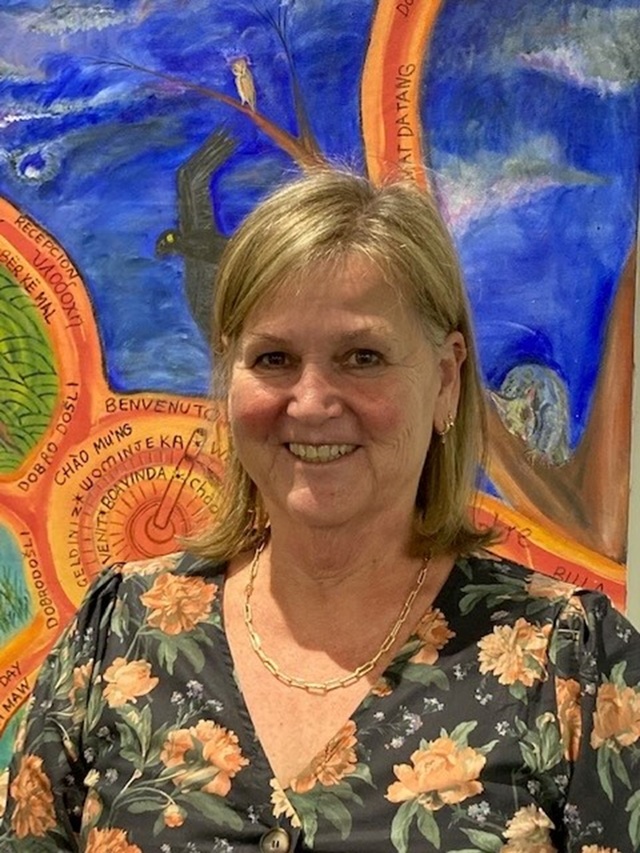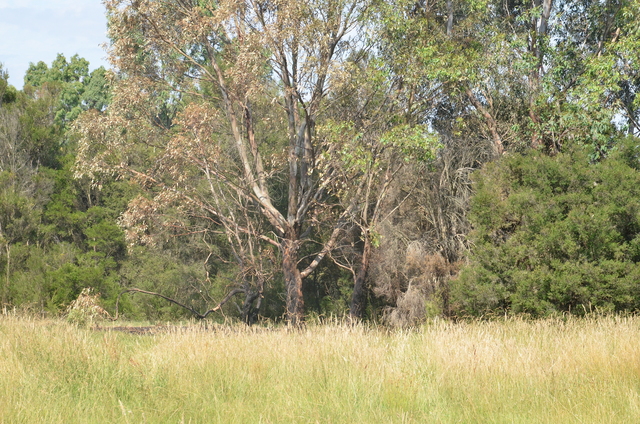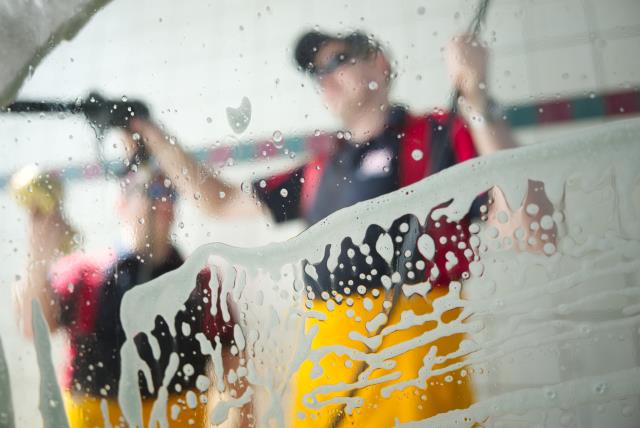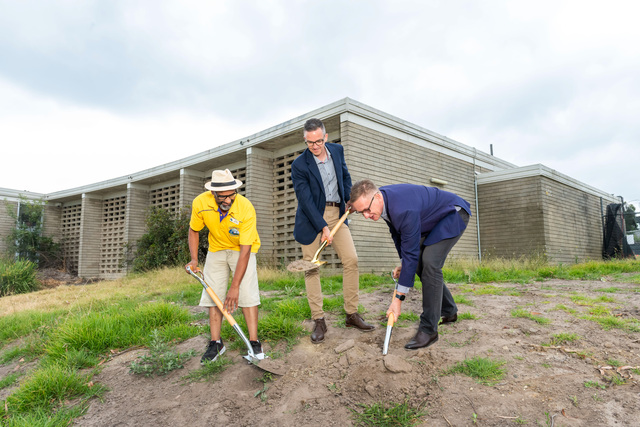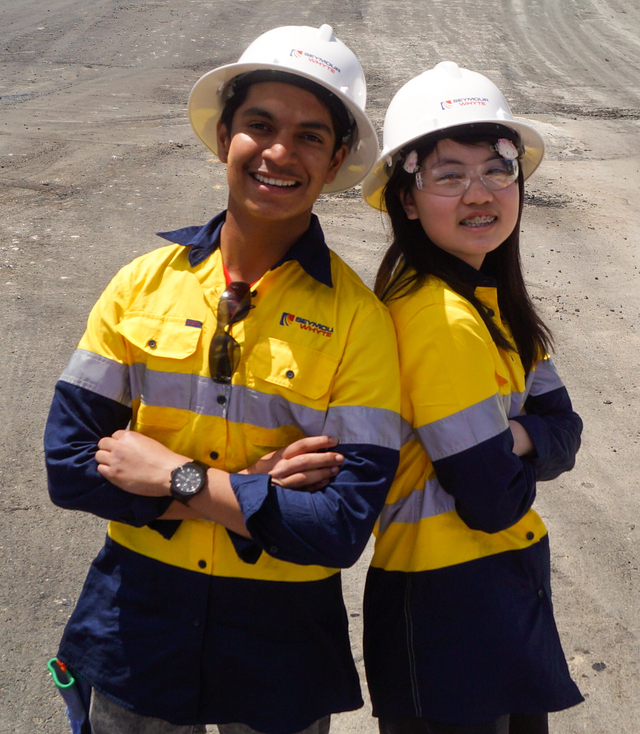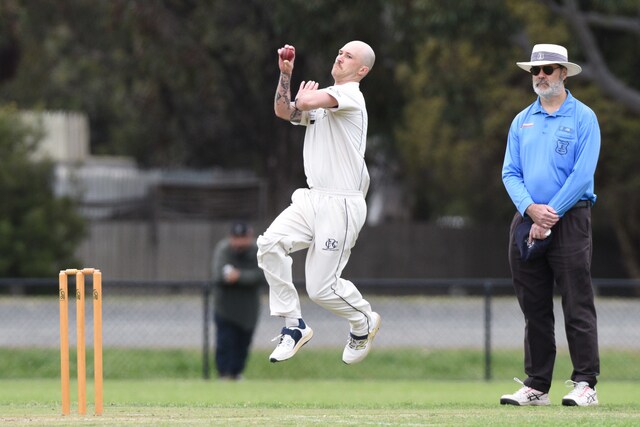According to new research, homelessness has grown throughout the nation’s capital cities and into the outer suburbs such as those in Casey North, with a strong correlation to greater shortages of affordable housing.
A report compiled by the Australian Housing and Urban Research Institute (AHURI) has tied the spike in homelessness with the rising cost of housing country-wide, Casey North, alongside Dandenong and Frankston cited as among many suburbs having high homelessness rates in Greater Melbourne.
Casey North Community Information and Support Service executive manager, Helen Small, corroborates AHURI’s findings, and that the issue of homelessness is more common than not for their organisation.
In the last 12 months, there has been a “huge increase in people coming into our service who are sleeping rough, sleeping in their cars who are mainly men.”
“Then we’ve also had a really big increase in women, some of who are sleeping rough with their kids; a lot of them are in overcrowded situations like having three families in a three-bedroom home.”
Small added that it is “not all that unusual” for the CISS to see families squeezing into one home, where a recent case for them saw two families and a number of singles – a total of 17 people – living in one three-bedroom home.
Lead researcher Dr Deb Batterham from Swinburne University of Technology and Launch Housing said there were “declining rates of homelessness in the CBD areas of all capital cities (except Hobart and Sydney) between 2001 and 2021”.
“However, homelessness is spreading out across capital cities and becoming more suburban over time.
“More people experience homelessness in areas which had a greater shortage of rental dwellings affordable for low-income households relative to demand, and this relationship became stronger as time went on,” Batterham said.
Overall, homelessness has grown in the suburbs of Australian capital cities, where authors of the report, experts alongside Batterham from Swinburne, Launch Housing and RMIT expanded that homelessness has become more suburban over time, with more than 60 per cent of those who are homeless at the 2021 census were found in capital cities, which was up from 48 per cent in 2001.
For the CISS, the definition of homelessness is broad, and describes people who are couch surfing, sleeping in cars and people who can only find places to stay in motels or caravan parks, which “are mostly full”.
“When people come to us and they say they’ve got nowhere to go, all we can offer them is a tent and a sleeping bag.
“We have very little public housing here, we have very little social housing in Casey as a whole.
“There are huge amounts of houses being developed, but in other areas that I’ve worked in, when these huge estates are being built up. A proportion of them would be social housing or public housing,” she said.
The research, which examined the relationships between low-income households and renting in the private market and affordable homes, added that homelessness was also higher in areas with smaller supplies of social housing relative to demand.
“There are no apartments and sort of clusters of living around accessible points, and it’s really hard to get around Casey if you don’t have a car,” Small said.
“All the housing around the places that give you transport, like into town or work, such as the railway stations and things like that, they’re all either filled with shops or houses on one block.
“The only crisis accommodation that I know of is Bob’s Place in Dandenong, and it’s not very big, so instead you get families who the only accommodation that can be offered through the housing points is in a motel, which is not very big.”
Furthermore, the research added that there is a greater need for better targeting of local responses to homelessness, where it was found that a higher percentage of specialist homelessness service clients were returning for support after having been assisted.
“As the majority of people experiencing homelessness tend to remain in the same area, localised responses to homelessness are really important,” Batterham said.
“Homelessness services and affordable housing options need to be expanded in areas where they are needed, and not just where existing services are located.”
The Casey North CISS has been putting together a group called the Southeastern Homelessness Network, consisting of senior staff from agencies working throughout Dandenong, Casey and Cardinia.
“We’re finding that homelessness for us, is different – the people experiencing homelessness in our areas is different from say, Melbourne City or the western suburbs.
“We need to highlight that with the government because there’s a sense that the government is very much aware of it but it’s much more visible in Melbourne City and other suburbs than it is in our suburbs.
“As a result, there’s not the same focus and drive to get support for people in these areas.”
From generalist counselling, casework and financial counselling to emergency relief the CISS aims to work with those impacted to find ways for them to “stay safe and healthy until housing can be offered”.
As the issue remains prevalent, the most important step for the CISS is being that pillar of support, and offering help wherever they can to whoever needs it, while continuing to advocate for the struggles faced by those without a place to call home.

